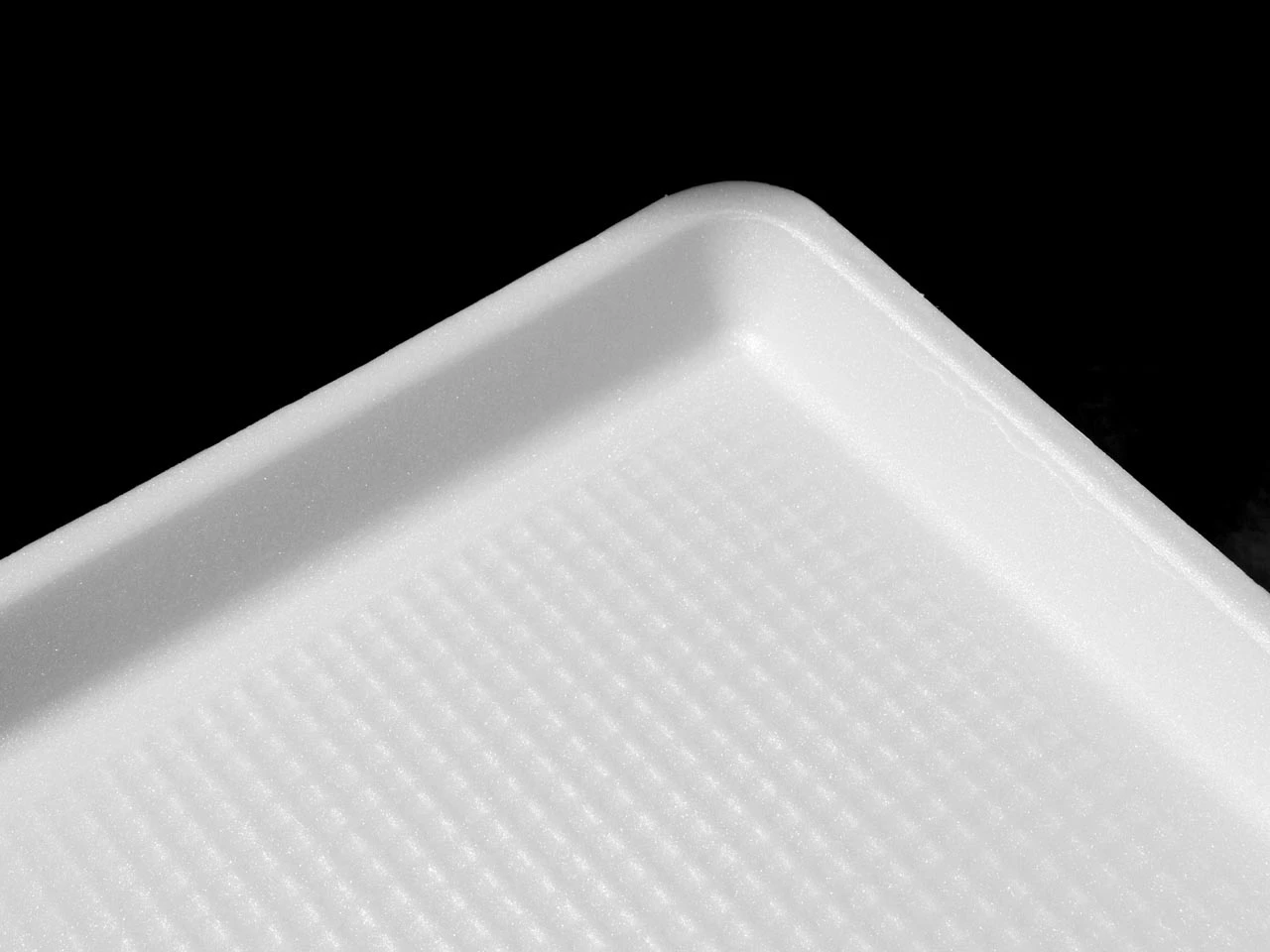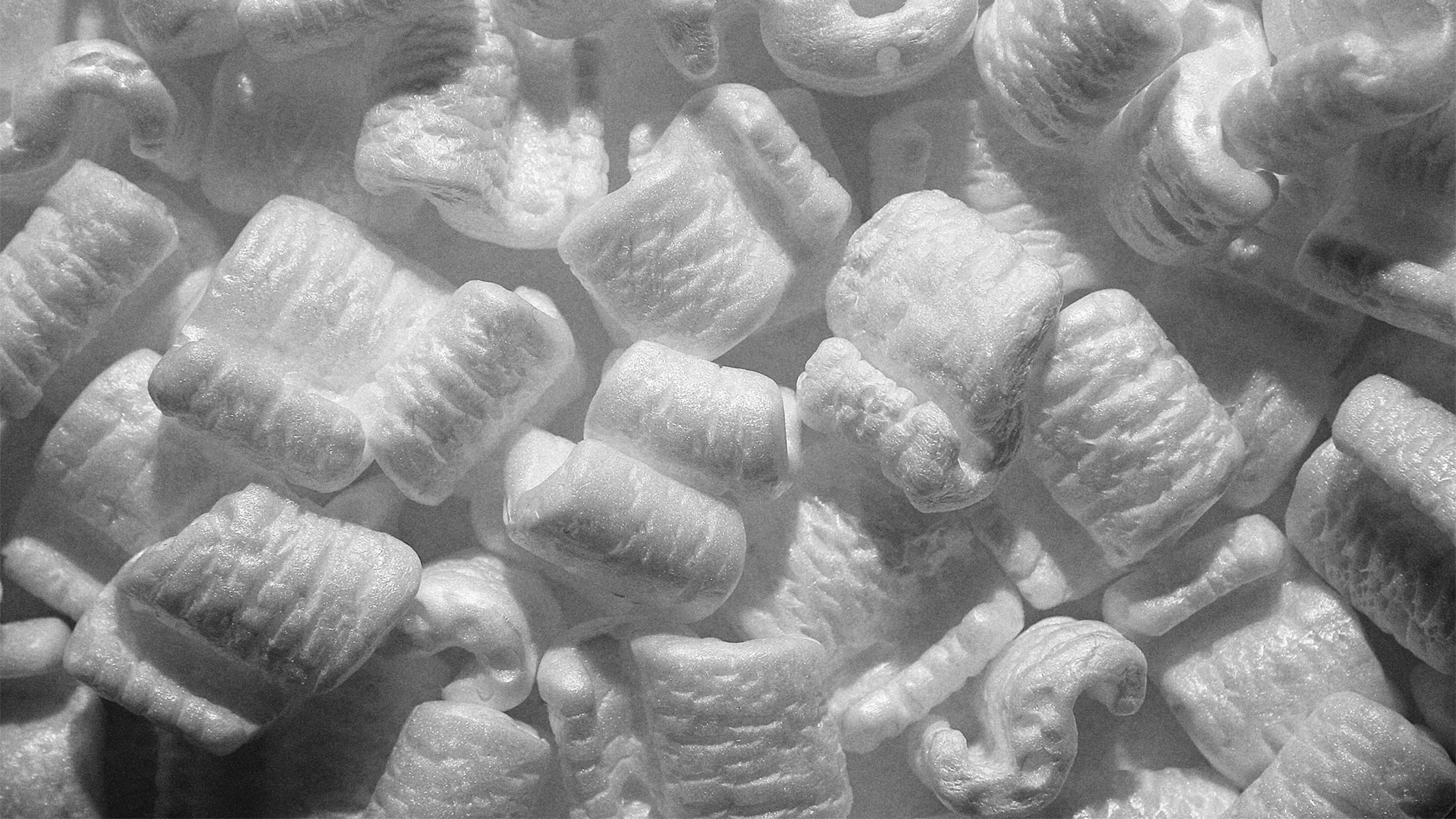Plastics like polystyrene–otherwise known as styrofoam–have long been thought nonbiodegradable. In landfills or the open environment, they’re known for staying intact, even as they break into pieces. They change shape and form, but never completely go away.
That is, unless you give them to waxworms and mealworms, which, as recent experiments show, love to eat plastics. It turns out polystyrene may not be undecomposable at all. You just have to put it in the vicinity of the right type of animals.
The latest research comes from Wei-Min Wu, a senior research engineer at Stanford University. In a pair of recent papers, he and colleagues demonstrate how bacteria in worm guts helps break down plastic foam, like the stuff in nasty white coffee cups.

“Our findings have opened a new door to solve the global plastic pollution problem,” Wu says in a recent Stanford press release.
In his experiment, 100 mealworms ate up to 39 milligrams of Styrofoam. They converted about half to carbon dioxide and the rest to “biodegraded fragments that look similar to tiny rabbit droppings.” Wu says the animals appeared healthy enough and that the waste could be used in soil.
Last year, Wu was also involved in research involving waxworms. In that case, the worms munched through polyethylene film of the type used in plastic bags. Over a 60-day period, two colonies of worms got through 6% and 10% of the material.
Meanwhile, researchers from Yale University showed in 2011 how endophytic fungi produce enzymes that break down polyester polyurethane. They discovered the fungus while on a trip to the Amazon rainforest in Ecuador. The idea was later adapted into something called the “Fungi Mutarium”–a speculative design for plastic-eating fungi application–as we wrote about here.
There’s a long way to go before we’re placing worm colonies in landfills. For one thing, these may be just one of the animals that produces bacteria that breaks down plastic, not necessarily the most suitable. The Stanford scientists also plan to look for micro-organisms on the ocean floor, as these might be best for dealing with marine plastic waste.
Recognize your brand’s excellence by applying to this year’s Brands That Matter Awards before the early-rate deadline, May 3.
